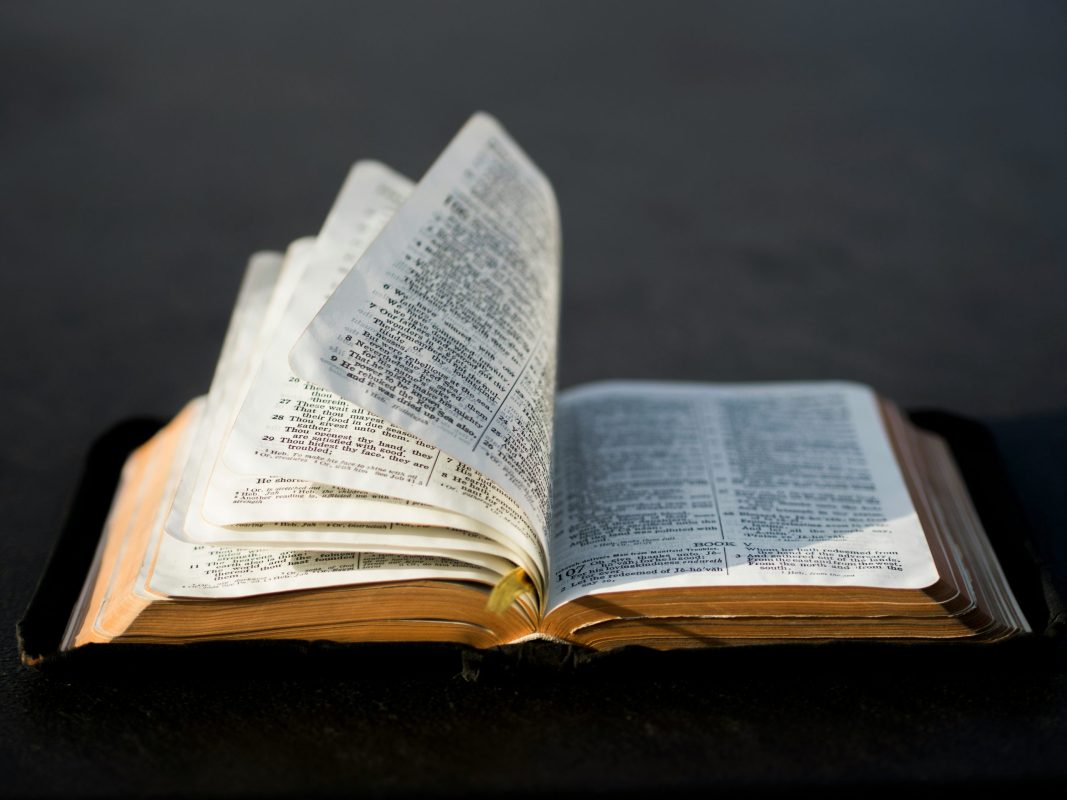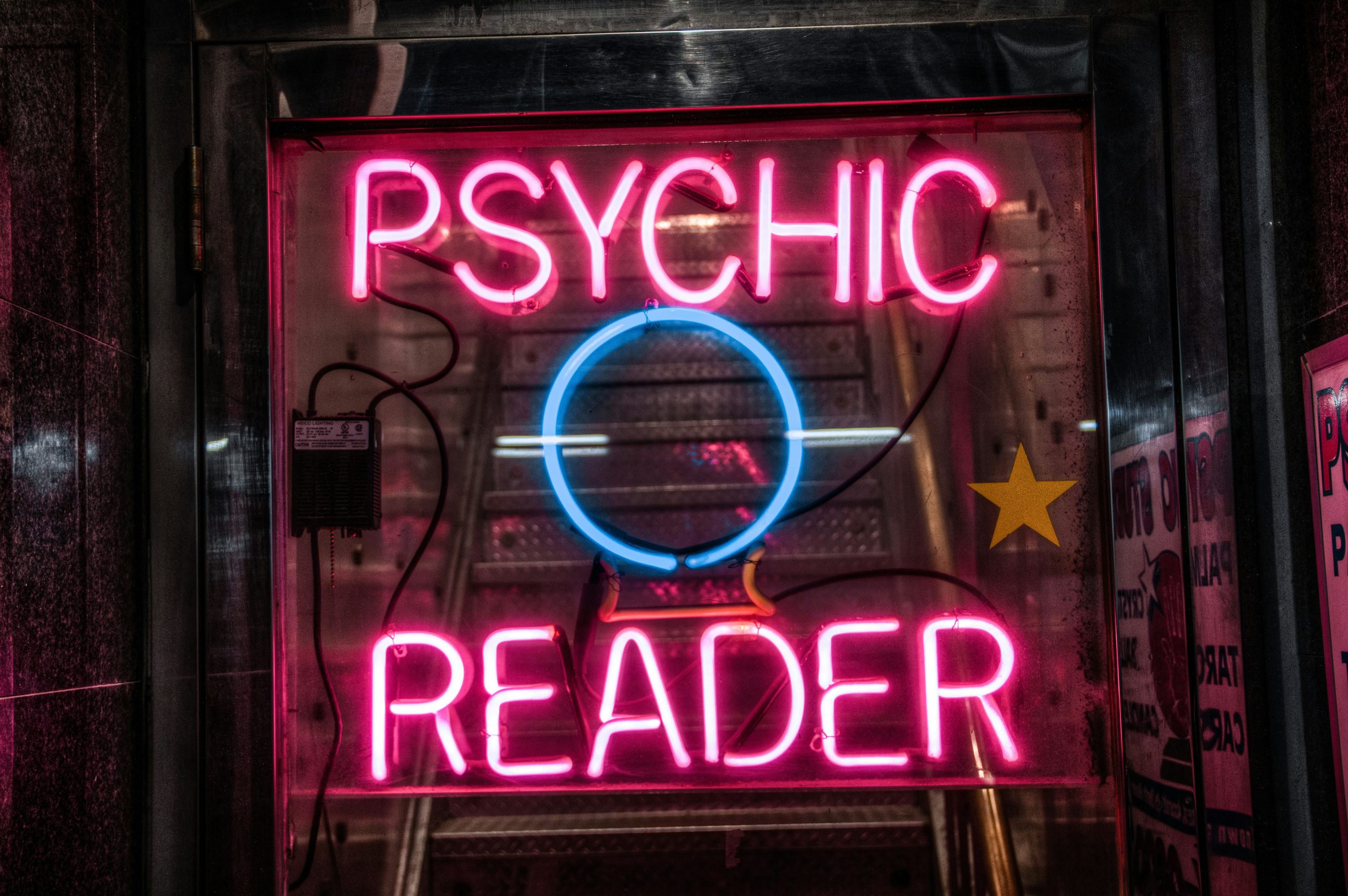Books & Culture
The Many Lives of Jewish Lore’s Favorite Monster
How the meaning of the golem has changed since the 16th century

In the late 16th century, rumors of an impending pogrom swirl around the Jewish ghetto. Rabbi Judah Loew ben Bezalel, the Maharal of Prague and an expert in the Kabbalah capable of bringing life to inanimate forms, decides to protect his community with a golem, a figure made from earth and animated through religious ritual. Golems do not speak and do not think for themselves. They have super strength, a dogmatic allegiance to their creator, and little else. In other words: they are perfect bodyguards. Under the cover of night, the Maharal gathers clay from the Vltava river to build a humanoid figure. When Rabbit Loew carves “emet,” the Hebrew word for “truth” on the golem’s forehead, his work is done; the golem is alive. The golem curbs the violent threats against the Jewish ghetto and serves as a valuable handyman for its neighbors, completing chores and fetching water. However, the creature loses discipline. It runs amok, threatening the community it was created to defend. Rabbi Loew must destroy his monster. To do so, he erases the first letter of “emet,” leaving “met,” meaning “dead.”
The Golem of Prague is perhaps the most famous story of the golem, but Jewish people have crafted golems—in stories, at least—since long before the 16th century. Our clay creatures wind their way through religious texts, stories of rabbis, and Jewish folklore.
Our clay creatures wind their way through religious texts, stories of rabbis, and Jewish folklore.
These tales aren’t always by Jewish writers and artists. German-Christian writers throughout the 1800s and the early 1900s examined Jewish communities and their golems. Famously, The Brothers Grimm include an iteration of the golem tale in their collected stories. In this version, the rabbi who creates the golem is killed, suffocated by the falling clay of his monster.
Once you know the monster you are looking for, golems are everywhere.
But why? All things considered, golems are rather unassuming monsters. They are (canonically speaking) not very flashy; the word “golem” is used in modern Hebrew to mean dumb or helpless. And as far as Jewish representation goes, the golem’s unintelligent and potentially destructive nature directly contrasts with Judaism’s focus on learning, wisdom, and religious law. Yet even today, golems lurch through pages of novels, movie screens, and video games. In Prague, the legend of the golem thrives: Golem Biscuits cafe bakes golem cookies, nearly every gift store sells posters of Rabbi Loew and his golem strolling through cobblestone streets. And the appearance of golems in recent literature and media allows us to explore both experiences of Jewishness and popular perceptions of Jewish culture.
In Jewish diasporic writing, the golem appears during moments of crisis: the pogroms of the 16th century, the heavy flow of Jewish immigration to the U.S. during the 1800s, and the Holocaust. The golem, it seems, is needed at points of crisis to alleviate Jewish pain.
Golems present a powerful model for Jewish resistance against antisemitic violence, especially in historical novels. In Alice Hoffman’s 2019 novel The World That We Knew, Jewish parents seek the help of a rabbi to create a golem to defend their daughter, Lea, against Nazi terror. Hoffman introduces golems as nearly omnipotent: communing with fish and birds, seeing the future, and speaking with the dead. It is necessary to kill the golem once it has fulfilled its purpose. The rabbi’s daughter accepts the task and builds a golem from river mud and menstrual blood. Hoffman’s golem is named Ava, “reminiscent of Chava, the Hebrew word for life,” signifying both Ava’s new life and the continued existence that Ava’s protection grants Lea.
The golem, it seems, is needed at points of crisis to alleviate Jewish pain.
Hoffman spins a funhouse version of 1930s Europe—a kaleidoscopic world of magical herons and Nazi soldiers and Jewish resistance fighters. Lea and her golem cross borders and fight for safety. Ultimately, Ava begs Lea to deactivate her—because if the Golem of Prague has taught us anything, it’s that golems must be unmade. When Lea protests, Ava says: “‘It doesn’t matter. You know what I am. My kind are always destroyed.” To which Lea replies, “So are mine!”
For me, Hoffman’s connection between Ava, an omnipotent being, and Lea, a 12-year-old refugee, brings to mind the ways in which real-life Jewish people protected themselves and preserved culture during the Holocaust. Additionally, while most traditional golems are male, Ava’s gender draws links between this Jewish mythical figure of protection and female resistance fighters. I think also of images of women baking Matzo in the Warsaw ghetto, or seated around Seder tables in post-war displaced persons camps in Germany. While Ava participates in violent resistance, her kindness is another type of rebellion, against the charge of inhumanity brought against her kind.
The Golem and the Jinni by Helene Wecker, another relatively recent golem novel, imagines a jinni and a golem as recent immigrants to New York at the end of the 19th century. Like Hoffman, Wecker blends Jewish mythology with the lived experiences of Jews. We begin with Otto Rotfeld, a Polish man who longs for a wife. He takes his quest to Kabbalist scholar Yehudah Schaalman and requests a golem. Again, the golem is described as base, unthinking: “It’s a beast of burden. A lumbering, unthinking slave. A lumbering, unthinking slave. Golems are built for protection and brute force.” Chava, the golem-wife, is brought to life aboard a steamship to America, destined to be a submission and docile companion. Rotfeld dies en route to New York, leaving Chava without a master, and with an individual identity to contend with. In New York, Chava meets a freed jinni, Ahmed. The pair—new to America and new to life as sentient, terrestrial beings—navigate their neighborhood, and their personhood.
Hoffman and Wecker both announce the supposed soullessness of golems at their novel’s openings, only to deliberately undermine these assumptions by the end. These golems are compassionate, empathetic, and sensitive. Indeed, the word “soul” appears consistently throughout the two texts, and both golems search for the nebulous combination of factors that make up identity, consciousness, and freedom. While classic golem tales tell us golems must be unmade, these golems ask: how do I continue to exist? Moreover: how do I exist as a Jewish person?
While classic golem tales tell us golems must be unmade, these golems ask: how do I continue to exist?
While Hoffman and Wecker insert golems into historical time periods, other Jewish authors probe intimate and personal explorations of identity grounded in a contemporary context. In Sarah Matthes’ poem “Golem,” she focuses on a variety of golem myths, including the Golem of Prague, Solomon ibn Gabirol, and even Adam, the first man. However, Matthes also tackles another meaning of golem, a slur to demean women without children: “Sometimes women like me are called golems, too. / Not human until another human beats inside of us.” In an interview with Alma, Matthes details her efforts to examine “the repercussions are within a Jewish lineage to not have my own kids.” By bringing forth the golem’s heritage, Matthes directs the reader towards how Jewish culture may be continued other than (or in addition to) flesh-and-bone descendants. Many acts, Matthes reminds us, result in creation.
In her 2020 memoir Golem Girl, painter Riva Lehrer explores growing up as a disabled person and discovering and integrating herself into disability culture. Lehrer probes our society’s nature to view the disabled body as “a symbol of evil” and describes herself as a golem, writing: “I am a Golem. My body was built by human hands.” Throughout the memoir, Lehrer uses phrases like “a golem refuge” and refers to herself as “a golem among golems.” In this way, the word golem, and all its accompanying assumptions, becomes a way Lehrer explores perceptions and realities of disability.
In Golem Girl, the pairing of the figure of a golem with Lehrer’s art is also significant. Lehrer intersperses her portraits in the pages of Golem Girl. Each portrait features a subject set before “disability-meaningful backgrounds [and] accessories.” In one, her subject, Mat Fraser, stands naked before a patchworked circus tent (a “reference to Sealo the Sealboy, and sideshow”). The final painting in Golem Girl is a duo of self-portraits—one of Lehrer’s feet clad in orange socks and shoes, one of Lehrer from the neck up, wearing silver glasses and a braided tail. On her forehead, the Hebrew letters of “emet” peek out from below her bangs. Lehrer’s paintings both underscore autonomy and representation, and emphasize a deep relationship between creator and art. As the golem is brought to life through a rabbi’s actions, Lehrer’s art brings to life her explorations of sexuality, Jewish identity, disability culture, and the definitions of human.
For these Jewish writers, golems are symbols of hope and resistance, a means to explore embodiment, disability, and art, and a way to understand inflection points of Jewish history and bring forth threads of culture preservation. Above all, the golem is adaptable, as malleable as the clay of the Vltava river. And by refashioning the golems to explore personal and historical contexts, these artists partake in the grand Jewish tradition of golem-making. As the rabbis of Jewish lore crafted golems, these contemporary Jewish American artists participate today by responding to, and continuing, the golem myth.
Golems always felt like our monster.
I understand the impulse to make the golem an empathetic, positive figure, as these contemporary writers do. To me, it says there’s a longevity to the survival of Jewish culture, which I find comforting. Golems always felt like our monster. But golems turning on their creators is also an important part of golem lore.
In fact, it’s the only part of the golem story that many contemporary tellings consider. The protective golems of Hoffman’s world do not seem to populate pop culture. Instead, golems are often villains. In these adaptations, the second half of the story, the violent confrontation, seems to obscure other facets, including the power of language to animate the golem, and the golem’s initial charge of protecting the Jewish people.
In The Limehouse Golem, for instance, a 2016 murder mystery film adapted from a novel, detectives race to find the identity of a brutal serial killer nicknamed “The Golem.” This Golem has nothing to do with Jewish lore (though a Talmudic scholar is one of the victims), or with protecting the Jewish people; the sobriquet comes instead from the killer’s mindless violence. Golems even get a feature, of sorts, in Quentin Tarantino’s Inglourious Basterds. Donny Donowitz, known as “The Bear Jew,” who wields a Louisville Slugger emblazoned with the signatures of Jewish heroes (including Anne Frank), is referred to as “the golem” by Hitler. Here—like in Hoffman’s work—a golem rises to the challenge of Nazi terror. However, in Tarantino’s hyper-violent revenge fantasy, this golem does not come from the European Jewish communities under siege. It is Nazi soldiers, not Jewish people, who give Donny his nickname.
This, too, may be a factor of the inherent Jewishness of the golem, when filtered through non-Jewish creators. After all, why use a golem? Why not use another monster? The golem is a distinctly Jewish figure. (I’ve sometimes heard golems described as “The Jewish Frankenstein”—although of course, the golems of Jewish folklore predate Mary Shelley’s novel, so more accurately, Frankenstein is a gentile golem.) We may thank its many appearances in centuries of Jewish and non-Jewish art for this. When we ask what a golem is, we cannot only discuss clay and creator, protection and destruction, language and silence. The answer must include the golem’s ethnic lineage. The golem is a Jewish monster, even when its form doesn’t hew exactly to the genre-defining Golem of Prague.
Another question, then: Is there something extra-spooky about a Jewish monster? Alt-right leader Richard Spencer has used the word “golem” to criticize “the mainstream media,” saying: “One wonders if these people are people at all, or instead soulless golem animated by some dark power to repeat.” So, again, it is important to ask: why does Spencer use the golem? I think the answer may lie in the underlying assumptions behind the “dark power” animating golems.
Another question, then: Is there something extra-spooky about a Jewish monster?
In Judaic studies scholar Michael Weingrad’s 2017 essay “Brave New Golems,” he describes the golem as “a classically negative Christian imagining of Judaism itself: unlovely, slightly threatening, and hopelessly literal and earthbound.” Inscrutability and otherness are classic tropes used to stoke antisemitic sentiment. Take The Protocols of The Elders of Zion, a falsified document detailing a meeting of Jewish leaders in which they plotted world domination. Stateside, Henry Ford distributed half a million copies of The Protocols via his newspaper, gaining him praise from Hitler. Today, The Protocols remains widely dispersed and read through alt-right channels and is still treated in some circles as a legitimate document. This modern-day usage suggests that its depictions of Jewish people still resonate, and it’s easy to see how these sentiments are expressed—either intentionally or unintentionally—with golems. Indeed, golems have fueled antisemitism for nearly as long as they’ve embodied Jewish protection. The Grimm Brothers’ golem story, where the rabbi is accidentally crushed by his creation, was likely not intended to celebrate Jewish culture or Jewish acts of resistance. Instead, for a 19th-century German audience unfamiliar with Kabbalistic practices, Grimm’s golems could present further proof of dark magic practiced by Jewish people.
This schism between Jewish representation and Christian representation appears in many ways, including the manner by which the golem is operated, according to academics Edan Dekel and David Gantt Gurley:
All Christian accounts follow Grimm in identifying the utterance of holy words as the key to the animation process. The Jewish versions, on the other hand, emphasize the act of writing the secret name and inserting it into a cavity of the head (usually the mouth), an act which by definition defies pronunciation.
Of course, it is not a matter of villainous golems being “bad golems.” Instead, the use of a golem without a contextualization of the golem’s historical significance may point towards perceptions of Jewishness and Jewish culture.
When I visited Prague, I bought no fewer than four golem-themed souvenirs. I keep a golem postcard on my desk. On it, the rabbi and a terra-cotta-colored golem walk side by side. Rabbi Loew (bespectacled, a book tucked under his arm) is turned towards the golem, a palm placed on the golem’s massive leg. They’ve always seemed intimate to me, like best friends.
Most versions of the Golem of Prague story do not end with Rabbi Loew destroying the golem, breaking its human form, and returning its body to the earth. Instead, once Rabbi Loew transforms the inscription on his creature’s forehead, he places his creation in the attic of Prague’s Old New Synagogue synagogue. It is there when you need it, ready to be made again.








